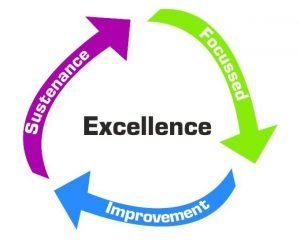A hit Lean enterprise doesn’t rely on random hassle-solving — it’s constructed on a based management device that connects every stage of the company.
That’s in which the 4 Layer Structure comes in — a powerful framework that ensures clarity, responsibility, and consistent verbal exchange throughout all levels.
⚙️ What is the four Layer Structure?
The four Layer Structure is a tiered evaluate machine designed to display performance, solve problems, and sustain continuous improvement via daily responsibility meetings at distinct organizational ranges.
Each layer makes a speciality of specific priorities — from the store floor to senior management — making sure alignment and rapid difficulty resolution.
🧩 The Four Layers
Layer 1 – Operator / Team Level:
Focus on each day’s duties, abnormalities, and on the spot problem-fixing.
Layer 2 – Supervisor Level:
Review team performance, cast off barriers, and help operators.
Layer 3 – Manager Level:
Analyze developments, allocate assets, and make sure go-purposeful alignment.
Layer 4 – Leadership Level:
Monitor overall overall performance, overview KPIs, and pressure strategic upgrades.
This hierarchy guarantees that statistics flows both upward and downward — from problems on the ground stage to moves at the pinnacle.
🚀 Benefits of the 4 Layer Structure
- Strengthens communique and collaboration
- Enables faster selection-making and problem escalation
- Creates accountability at each degree
- Improves visibility of performance metrics
- Builds a lifestyle of dependent continuous improvement
🧭 Conclusion
The 4 Layer Structure acts because the spine of Lean every day controls.
By connecting every stage of the business enterprise through normal evaluations and clear duty, it ensures that troubles are solved fast, overall performance is continued, and improvement by no means prevented.






